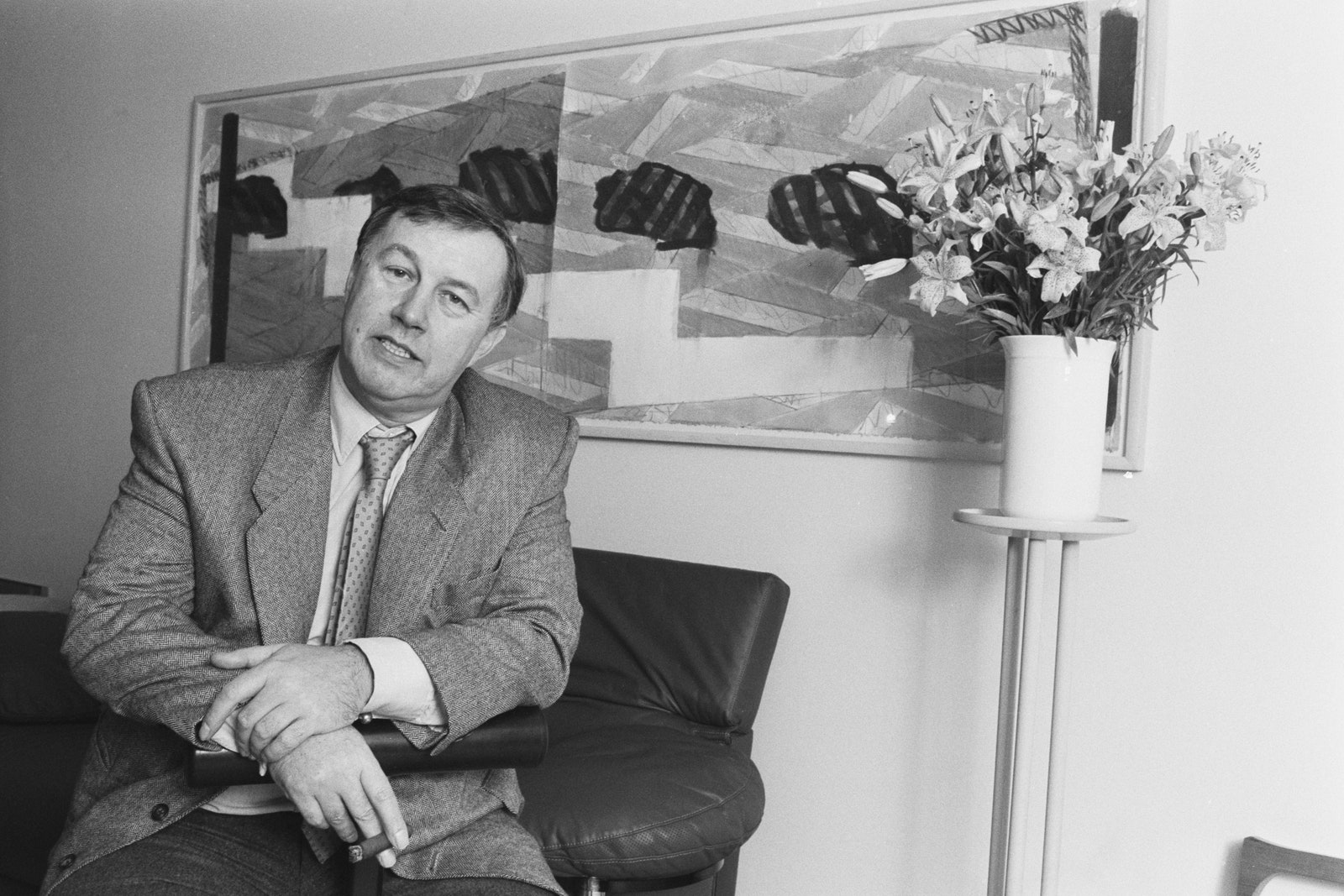Maybe you’ve felt what I’ve felt. Maybe you’ve looked around your home in the past year and thought: Is this space really working for me? Does it make me happy? Is
it time to replace the inherited vinyl blinds? Maybe you “know what you like,” but can’t help but look around every once in a while, to see what ideas you can steal from Other People. With nary an indoor gathering in sight, you’ve had no choice but to scroll. Maybe you’ve been doing this a lot and, one too many impulsive online orders later, you’ve started to fear that passively ingesting so much design inspiration has skewed your sense of self. (Maybe that last one’s just me. But maybe not!)
To counter the effects of this subliminal messaging, more and more, I’ve found myself craving analog, often dated sources of information. So I took note last year, when, during an interview with Meghan Lavery and Daniel King, the couple behind Brooklyn vintage furniture store Home Union, they casually mentioned The House Book, Terence Conran's iconic 1970s interior design guide, as a favorite reference. I bought a copy on eBay for less than 20 dollars. I learned that Conran, who died this past year, was a designer and entrepreneur credited with bringing European zest to a drab postwar Britain, and eventually, the world. The House Book was so popular when it was released in England 1974 that American stores started importing copies before it was published stateside two years later. Today, it's relatively unknown outside the design world. And that’s a shame. We all have some kind of space to call our own, and figuring how to make it more personal shouldn’t be something you feel unqualified to do. The House Book can help.
Conran in 1985. Put the vase on a pedestal, why not!
Steve WoodLavery and King first came across The House Book on one of their “furniture journeys,” either shopping the estate or visiting the home of a downsizing architect in search of inventory for their store. They were struck by how modern Conran’s vibe was — vintage Ikea alongside Le Corbusier — and his accessible advice, which breaks down the what, how, and why of the book’s thousand-plus images. “We have so many different design books, divided by decade or the country it’s based on,” says Lavery, but with The House Book, “it’s such a wide variety, you can see so much. It’s not just like pigeon-holed to Italian design or Scandivanian. It’s everything, and everything put together so nicely.”
Assembling a home is like building a wardrobe—it’s best if you can do it slowly, and choose what works for you instead of everyone else on the internet. Of course, design books are not removed from the Mobius strip of visual content available online. With accounts like The 80s Interior, once-obscure tomes have themselves become Instagram fodder. But cool images of old books only go so far when you’re trying to shape a liveable space. Enter The House Book, which sits firmly on the narrow vertex between practicality and style. Think of this book as a cheat sheet, or a no-recipe cookbook for your house. The vibe is very do-what-you-feel—because, Conran says, that's how you develop your taste. The images are endlessly appealing, with lots of plants and people, and the occasional naked butt. The homes look lived in rather than styled.

